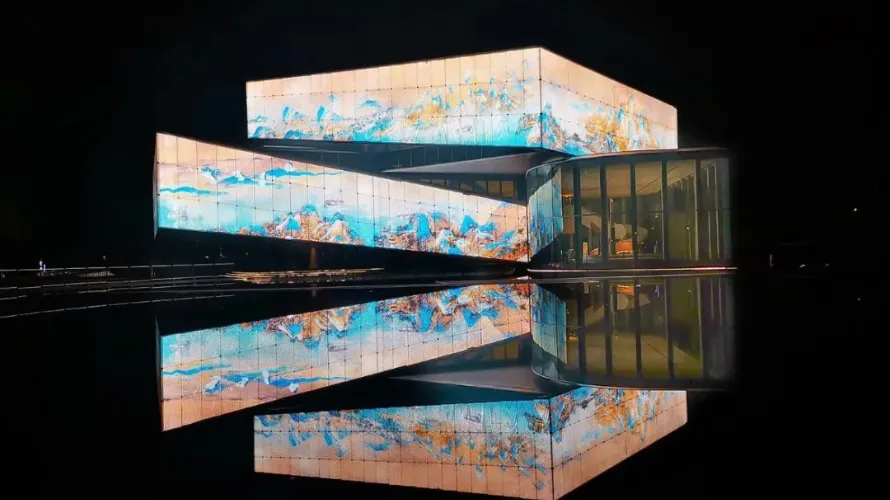Tips to Increase Your LED Display’s Lifespan
LED displays are valuable investments that enhance visual communication and engagement across various applications. To maximize the return on this investment, it is essential to implement strategies that extend the lifespan of LED displays. Here are some tips to help you ensure your LED display remains functional and efficient for as long as possible.
1. Proper Installation
– Professional Installation: Ensure your LED display is installed by qualified professionals who understand the technical requirements and best practices. Improper installation can lead to issues such as poor ventilation, structural instability, and electrical problems.
– Adequate Ventilation: Ensure the installation site provides adequate ventilation to prevent overheating. Overheating can significantly reduce the lifespan of LED components.
2. Regular Maintenance
– Scheduled Cleaning: Regularly clean the surface of the LED display to remove dust, dirt, and other contaminants. Use appropriate cleaning solutions and soft cloths to avoid scratching or damaging the screen.
– Component Inspection: Periodically inspect internal components for signs of wear or damage. Check for loose connections, frayed cables, and other potential issues that could impact performance.
3. Optimal Operating Conditions
– Temperature Control: Maintain a stable and suitable temperature around the LED display. Avoid exposing the screen to extreme temperatures, both hot and cold, as this can strain the components.
– Humidity Levels: Keep humidity levels in check. High humidity can cause moisture to build up inside the display, leading to corrosion and electrical shorts.
4. Power Management
– Stable Power Supply: Use surge protectors and Uninterruptible Power Supplies (UPS) to protect the display from power surges and fluctuations. Consistent and stable power supply helps prevent electrical damage.
– Scheduled Power Cycles: Implement scheduled power cycles to turn off the display during non-operational hours. This reduces wear and tear on the components and can save energy.
5. Software Updates and Calibration
– Regular Updates: Keep the display’s software and firmware updated to ensure optimal performance and to address any bugs or security vulnerabilities.
– Calibration: Regularly calibrate the display to maintain color accuracy and brightness levels. Calibration helps in preventing uneven wear of the LEDs and maintains consistent visual quality.
6. Environmental Protection
– Weatherproofing: For outdoor displays, ensure they are weatherproofed to protect against rain, snow, dust, and other environmental factors. Use appropriate enclosures and protective coatings.
– Sunlight Exposure: Avoid prolonged direct exposure to sunlight, which can cause the display to overheat and the LEDs to degrade faster. Use shading or anti-glare solutions where possible.
7. Usage Best Practices
– Avoid Static Content: Displaying static content for extended periods can cause burn-in, where the static image becomes permanently etched onto the screen. Use dynamic content and vary the displayed images regularly.
– Brightness Settings: Avoid running the display at maximum brightness all the time. Adjust the brightness according to ambient light conditions to reduce stress on the LEDs and save energy.
Conclusion
By following these tips, you can significantly extend the lifespan of your LED display, ensuring it remains a reliable and effective tool for your visual communication needs. Regular maintenance, proper installation, and mindful usage practices are key to preserving the performance and longevity of your investment.



